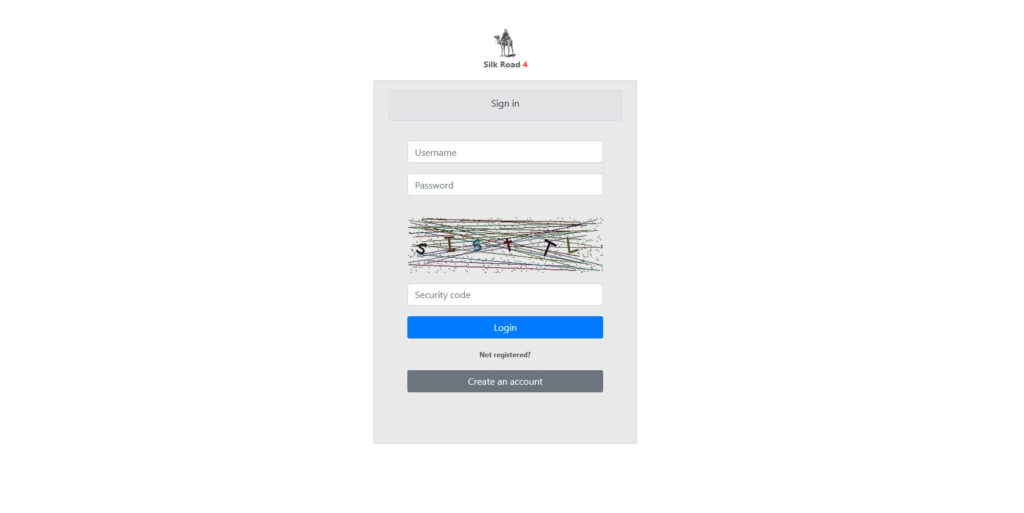Silk Road 3.1 Link and Silk Road 4 URL: The Silk Road has become synonymous with the dark web and illicit online marketplaces. The original Silk Road market, which launched in 2011, was a revolutionary platform that allowed users to buy and sell goods, primarily illegal substances, using Bitcoin. Since the takedown of the original Silk Road, several successors have emerged, including Silk Road 3.1 and Silk Road 4. In this article, we explore these two modern iterations, their rise, and their roles in the current darknet ecosystem.

A Brief History of the Silk Road
The original Silk Road was founded by Ross Ulbricht in 2011 and operated on the Tor network, which provided anonymity to buyers and sellers. The marketplace gained notoriety for enabling the trade of illegal drugs, weapons, and other illicit goods. Transactions were conducted using Bitcoin, and the platform became a major hub for the burgeoning cryptocurrency market.
In October 2013, the FBI seized the original Silk Road and arrested Ulbricht, who was later convicted on charges related to drug trafficking, money laundering, and running a criminal enterprise. After the fall of Silk Road, numerous copycat markets arose, many of which were also shut down over time. However, Silk Road’s legacy lives on in markets like Silk Road 3.1 and Silk Road 4.
What is Silk Road 3.1?
Silk Road 3.1 emerged after several Silk Road iterations were taken down, including Silk Road 2.0 and Silk Road Reloaded. Launched in 2017, Silk Road 3.1 aimed to continue the legacy of the original marketplace by providing a platform for the trade of various illicit goods, primarily drugs. It became one of the more prominent darknet markets during its time.
Key Features of Silk Road 3.1:
- Anonymous Transactions: Like its predecessors, Silk Road 3.1 operated on the Tor network, ensuring anonymity for its users. Bitcoin and other cryptocurrencies were the preferred means of payment.
- Wide Range of Products: The market offered various illegal products, including drugs, digital goods, fake IDs, and more. Its reputation was built on providing a platform that mimicked the original Silk Road in both structure and product offerings.
- Security Measures: Silk Road 3.1 implemented enhanced security features such as multi-signature wallets and PGP encryption for communication between buyers and sellers, making it harder for law enforcement to track transactions.
- Escrow Services: The platform offered escrow services to ensure that transactions between buyers and sellers were secure. Funds were held in escrow until the buyer confirmed receipt of goods.
While Silk Road 3.1 gained traction, it was eventually targeted by law enforcement. The marketplace faced several takedowns, leading to multiple iterations and mirror sites trying to stay afloat. By 2019, many Silk Road 3.1 sites had disappeared or were no longer functional.
The Rise of Silk Road 4
After Silk Road 3.1’s decline, Silk Road 4 emerged as another successor in the long line of Silk Road marketplaces. While it shares the Silk Road name and some of its characteristics, Silk Road 4 has struggled to achieve the same level of dominance as its predecessors.
What Makes Silk Road 4 Different?
- Adaptation to a Changing Darknet Landscape: By the time Silk Road 4 arrived, the darknet marketplace scene had changed dramatically. Many users had become more security-conscious, and law enforcement efforts had increased. As a result, Silk Road 4 had to compete with other established markets like Empire Market, DarkMarket, and White House Market.
- Enhanced Security Features: Learning from past mistakes, Silk Road 4 placed a greater emphasis on privacy and security. In addition to offering Bitcoin as a payment method, the market also embraced Monero, a cryptocurrency known for its enhanced privacy features. It also continued to use PGP encryption and multi-signature transactions.
- Marketplace Categories: Like its predecessors, Silk Road 4 offered a wide range of illicit goods, focusing on drugs, counterfeit currency, stolen data, weapons, and more. Its layout remained familiar to those who had used earlier iterations of Silk Road markets.
Despite these enhancements, Silk Road 4 never fully rose to prominence. With a crowded market of darknet platforms and more aggressive law enforcement, Silk Road 4 struggled to gain the same level of trust and user base as earlier Silk Road iterations.
Silk Road 3.1 and 4 Link: (SHOULD NOT BE TRUSTED)
http://silk4rd6h4qdy3wvz2urxvwx66l7ektov5wmpkoptmgwuldaefc55yyd.onion
Is Silk Road 3.1 and 4 Legit and should I use them?
Every single darknet market using a name of Silk Road after 2.0 should be avoided and treated as a scam.
Conclusion
The legacy of the Silk Road lives on in the various successors, including Silk Road 3.1 link and Silk Road 4, which have both attempted to recapture the success of the original marketplace. However, the landscape of darknet markets has changed significantly, with increased law enforcement efforts and stronger security measures becoming the new norm.
While these Silk Road successors have not reached the same levels of prominence, they serve as reminders of the ongoing cat-and-mouse game between darknet marketplaces and law enforcement. For those engaging in darknet activities, the need for caution, privacy, and awareness of legal risks remains as critical as ever.
For more updated links of newly darknet markets please visit our Darknet Market List.